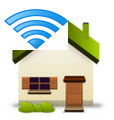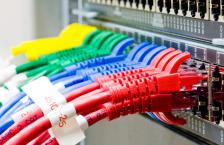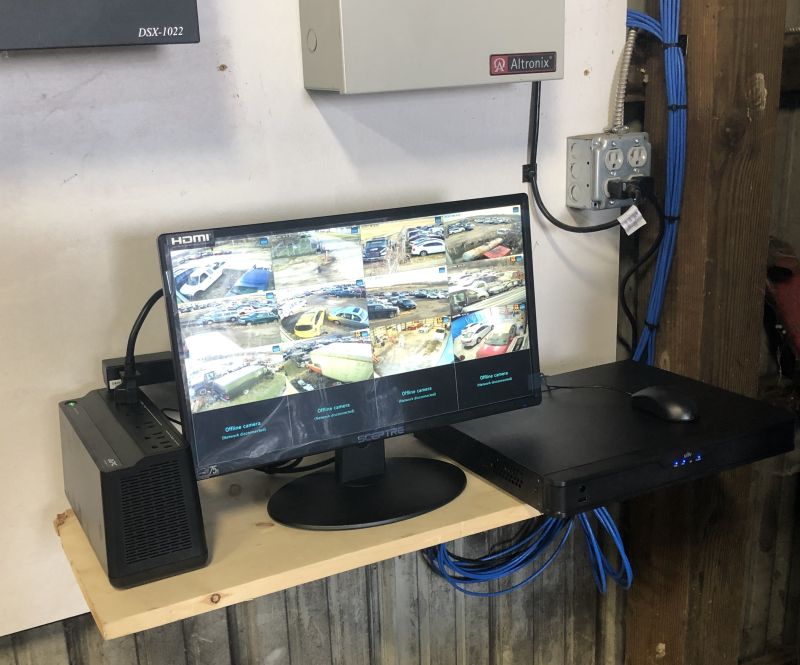The primary differences between residential and SME/SOHO broadband customers lie in the criteria they use to select their service. For SME/SOHO users, performance and price are key ingredients in selecting a broadband service, along with support for value-added services such as VPNs. For consumers, it’s all about price and value.
Static and Dynamic IP Addresses
A key factor for business users to consider is the static IP address options. An IP address is the defining tag which identifies the host computer on the Internet. A good way to understand the difference between a static and dynamic IP address is to compare a public telephone (dynamic IP) to your home phone (static IP).
Sharing Broadband Across Multiple PCs
There are a number of ways to share your broadband with multiple computers. These fall into two categories: a line sharing option provided by the ISP, and running a Local Area Network (LAN) in your home or office. Most ISPs will allow you to run a LAN from a single connection point on ADSL or cable services, but they will not provide any support for the LAN.
| Sharing Option | Description |
|---|---|
| Line Sharing | Requires additional outlets to be installed in your home or office for each PC. |
| Local Area Network (LAN) | Involves running a network in your home or office. |
Running a Server on Your Computer
Most broadband packages do not allow you to run server software from any computer connected to your modem. Those that do usually involve your server being assigned a static IP address.
Security
Whenever you are accessing the Internet you are exposing your computer to potential risk. The importance of a firewall when you are connected to a broadband service cannot be stressed enough. Having a broadband connection without a Firewall is an invite to security incursions.
Other Questions to Ask the ISP
When considering a broadband service, it’s important to ask the ISP about service availability, installation costs, download limits per month, acceptable use policy, service level guarantees, customer support, installation time, discounts for existing phone accounts, service plan length, and system requirements.





